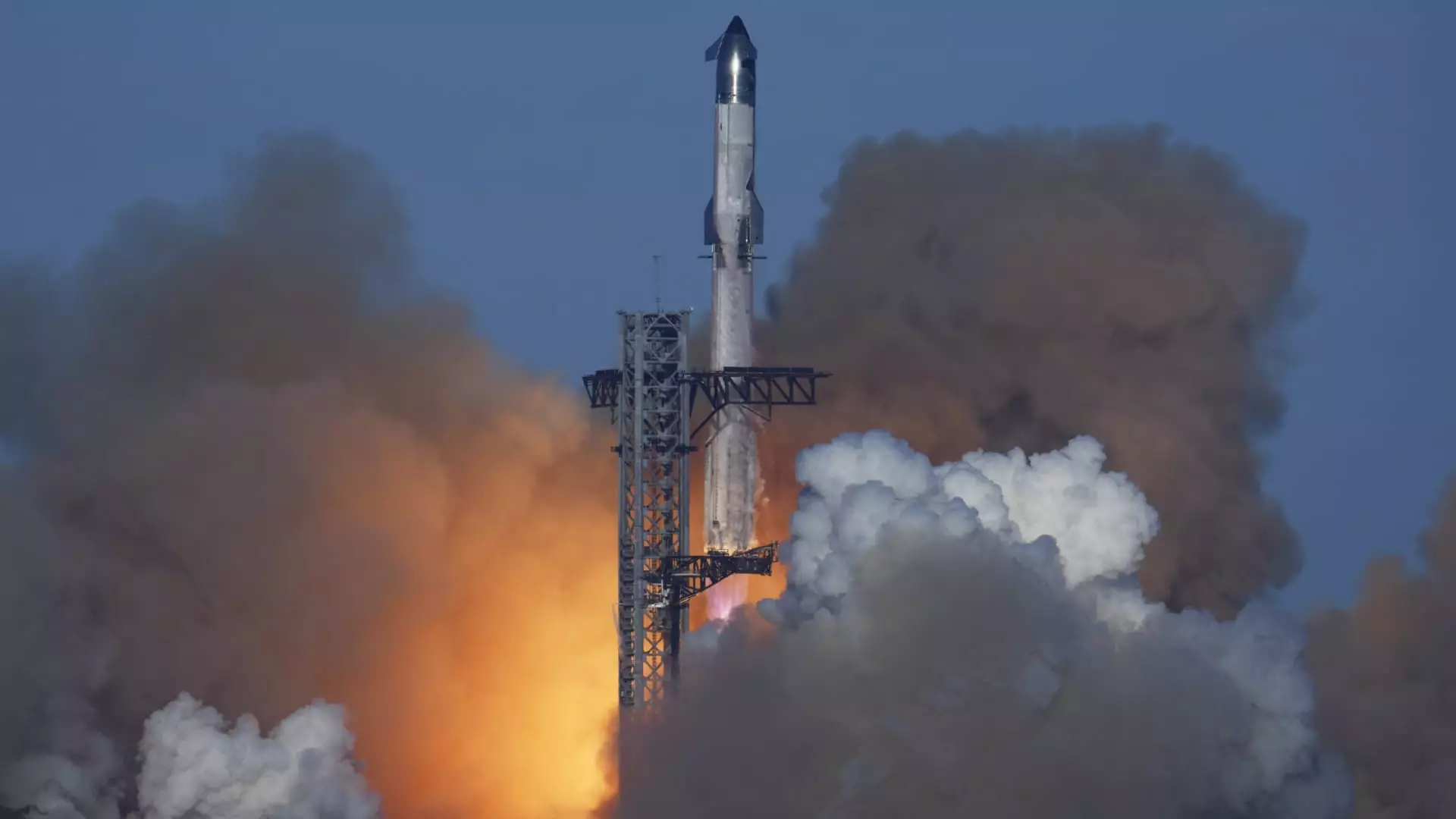On a recent Friday, the landscape of space exploration was noticeably altered as the Federal Aviation Administration (FAA) took decisive action to ground SpaceX’s Starship rocket. This pivotal move stemmed from an investigation into the unfortunate midflight failure that culminated in the rocket’s explosion shortly after launch. This incident sent shockwaves across the aviation sector, necessitating a rerouting of numerous commercial airline flights, prominently including those from American Airlines, JetBlue Airways, and Delta Air Lines. The gravity of the situation was underscored by the FAA’s efforts to manage aircraft safety amid falling debris, a situation that had potential repercussions for public safety.
While the FAA confirmed that there were “no reports of public injury,” the agency has received alarming reports regarding damage to properties on the Turks and Caicos Islands. This aspect of the investigation raises critical questions about the implications of space launch activities on surrounding areas, particularly in regions that may not be directly involved in the space industry. The need for regulatory frameworks that address the challenges of space launches is now more pressing than ever, as communities worldwide become increasingly aware of how these activities can impact them.
In its defense, SpaceX indicated that a fire within the rocket led to its catastrophic failure. However, the company’s initial communication claimed that debris had safely fallen into the Atlantic Ocean and “within the predefined hazard areas,” a statement that stood in stark contrast to the FAA’s required activation of a “Debris Response Area.” While SpaceX later toned down its wording in subsequent updates, the initial lack of alignment between their statements and those of the FAA presents a dilemma: transparency and accountability remain paramount, especially when public safety hangs in the balance.
The dual narratives emerging from this incident emphasize a broader need for enhanced safety protocols in the realm of space launches. The FAA’s procedures around “Aircraft Hazard Areas” are crucial for safeguarding aviation traffic, yet the disparity between SpaceX’s statements and the FAA’s findings calls into question the current safety practices employed by private space companies. With the space industry continuing to expand and attract significant investment, regulatory bodies must strike a balance between fostering innovation and ensuring the safety and well-being of both the public and the environment.
To provide any semblance of normalcy, SpaceX must complete the present investigation and implement necessary corrective actions before it can hope to receive a renewed launch license from the FAA. This grounding serves as a reminder of the fragility of human endeavors in space and highlights the critical role of robust regulatory measures. As we move forward, it remains imperative that both SpaceX and the FAA collaborate on evolving protocols, ensuring that the exploration of space does not come at the expense of public trust and safety. The incident is a wake-up call that resonates beyond the immediate context of the Starship rocket, urging the space industry to mature responsibly within a complex web of technical, legal, and ethical dimensions.


Leave a Reply